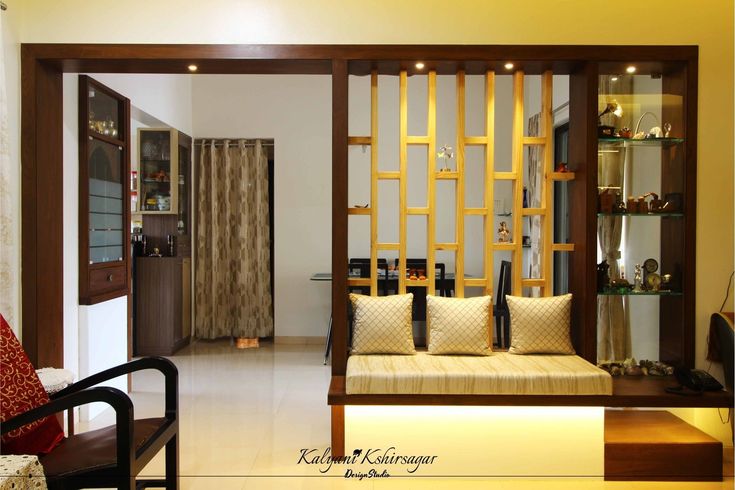
Major renovations and interior design projects consist of two main phases:
-
Structural (Civil) Work – removing walls, rerouting plumbing/electrical, installing supports, obtaining permits.
-
Finish Work – adding flooring, painting, cabinetry, fixtures, styling, and full installation.
These phases differ in cost, duration, complexity, and risk.
⏳ Timelines
1. Structural/Civil Phase
-
Permits and inspections — Delays often happen at the local authority level; common timelines stretch weeks or months depending on region
-
Construction work — Minor demo and framing may wrap up in weeks, but major structural changes or home additions often span 2–12 months, and full new builds can extend to 18–30 months
-
Buffer time — Industry guidelines recommend adding 20–30% padding to final timelines, accounting for permit backlogs, weather, and supply chain hiccups
-
Design & procurement — Expect 1–3 months for material selection and ordering, contingent on availability and delivery lead times
-
Installation & styling — Once materials arrive, expect 2–6 weeks for flooring, paint, built-ins, and final décor
-
Final adjustments — Punch lists and fine-tuning usually wrap up within 1–2 weeks.
Typical full project duration:
-
Simple room refresh: 2–3 months.
-
Medium renovation (with some structural changes): 6–9 months.
-
Full home overhaul or rebuild: 12 months or more, depending on complexity
💰 Budget Breakdown
Structural Costs
-
Demolition, new framing, beam supports, plumbing and electrical rewiring, structural engineer fees, permutations & inspections.
-
These tasks are labor-heavy and may carry premium contractor/design professional fees ($100–500/hour)
-
Expect to allocate 40–60% of the total budget for structural work, especially if major changes are involved.
Finish Costs
-
Materials (hardwood, tile, cabinetry), design fees, installation labor, styling décor.
-
While intuitively aesthetic, these components can also run high—e.g., custom cabinetry, imported tile, designer fixtures.
-
Typically comprises 40–60% of project costs, depending on scope.
🔍 Why the Distinction Matters
-
Permits take time – Start structural planning well in advance to avoid downstream delays
-
Cash flow planning – Structural costs are “lumpy”; align payments with construction milestones.
-
Decision forcing – Structural changes must be finalized early; delaying finish decisions allows design flexibility later.
-
Risk management – Early structural clarity avoids costly rework during finish stages—surface finishes await judgement.
✅ Best Practices
-
Separate budgeting: Assign distinct line items for civil and finish work, with 10–20% contingency built into each.
-
Rigorous timeline mapping: Model out dependencies (e.g. structural ➝ inspections ➝ finish procurement ➝ install).
-
Regular check-ins: Weekly site meetings help catch issues early before costs snowball
-
Early sourcing: Order long-lead items—like custom cabinets or specialty fixtures—during structural phase to prevent delay bottlenecks.
-
Client education: Ensure stakeholders grasp why structural groundwork must precede design touches.
.

No responses yet